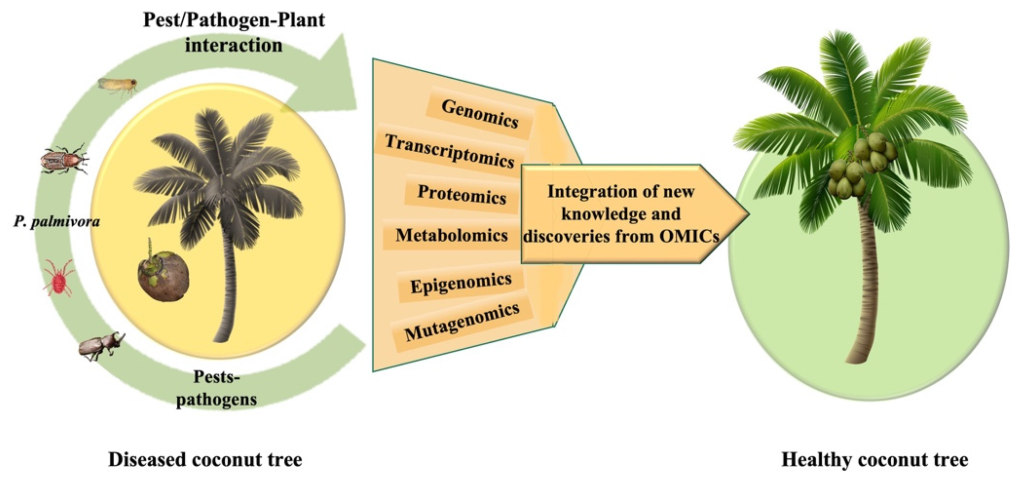Unveiling the World of Tree Pests: Identification, Prevention, and Combat Strategies

Introduction: Embark on a journey into the intricate world of tree pests, understanding the challenges they pose to the health of our arboreal companions. From identification to prevention and combat strategies, this comprehensive guide sheds light on safeguarding trees against the threats of pests.
The Diversity of Tree Pests: Trees face an array of pests, ranging from insects to fungi and bacteria. Identifying these culprits is crucial for implementing effective prevention measures.
Common Tree Pests and Identification:
- Insect Invaders:
- Aphids: Small, sap-sucking insects that can weaken trees.
- Bark Beetles: Infest bark and disrupt the tree's vascular system.
- Fungal Foes:
- Powdery Mildew: White powdery substance on leaves.
- Root Rot: Fungal infection affecting the tree's root system.
- Bacterial Challenges:
- Fire Blight: Bacterial disease causing wilting and blackening of branches.
Prevention Strategies:
- Regular Inspection:
- Conduct routine inspections to detect early signs of infestations.
- Proper Tree Care:
- Maintain tree health through adequate watering, pruning, and fertilization.
- Species-Specific Measures:
- Understand the specific pests targeting particular tree species.
- Biological Controls:
- Introduce natural predators to control pest populations.
Combat Strategies:
- Integrated Pest Management (IPM):
- Utilize a holistic approach combining biological, cultural, and chemical methods.
- Chemical Treatments:
- Employ pesticides with caution, considering their impact on beneficial organisms.
- Pruning and Removal:
- Remove affected branches to prevent the spread of diseases.
- Soil Treatments:
- Apply fungicides or bactericides to the soil to combat root infections.
Frequently Asked Questions:
- Q: How can I identify pest infestations in my trees?
- A: Look for wilting, discoloration, abnormal growth, or visible signs like webs or pests on leaves.
- Q: Are there natural methods to control tree pests?
- A: Yes, introducing natural predators, using neem oil, or promoting beneficial insects are effective natural methods.
- Q: Can certain tree species attract specific pests?
- A: Yes, certain pests may have preferences for specific tree species. Understanding these dynamics aids in prevention.
- Q: Is chemical treatment safe for trees and the environment?
- A: While effective, chemical treatments should be used judiciously to minimize environmental impact.
Conclusion: In the ever-evolving dance between trees and pests, knowledge becomes our strongest ally. By identifying, preventing, and combatting tree pests with informed strategies, we safeguard the vitality and longevity of our arboreal companions. Let this guide be a beacon for a harmonious coexistence with nature's magnificent creations.
